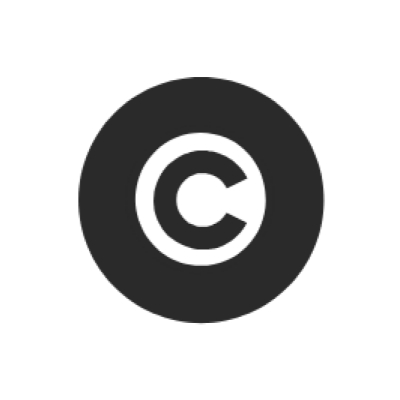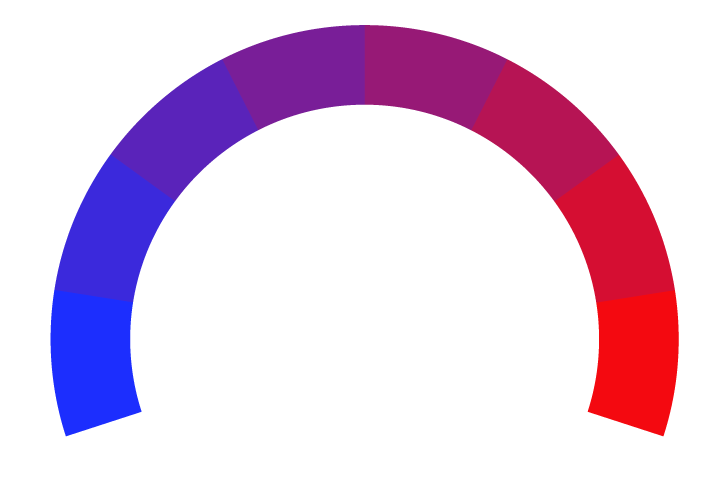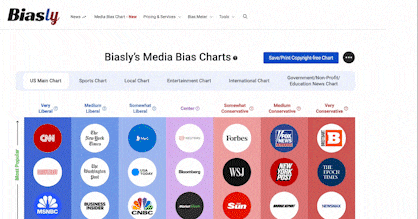 Cleveland.com Article Rating
Cleveland.com Article RatingHow Ohio lawmakers are draining public schools to fund private education: Leila Atassi
- Bias Rating
-36% Somewhat Liberal
- Reliability
50% ReliableAverage
- Policy Leaning
-36% Somewhat Liberal
- Politician Portrayal
N/A
Continue For Free
Create your free account to see the in-depth bias analytics and more.
Continue
Continue
By creating an account, you agree to our Terms and Privacy Policy, and subscribe to email updates. Already a member: Log inBias Score Analysis
The A.I. bias rating includes policy and politician portrayal leanings based on the author’s tone found in the article using machine learning. Bias scores are on a scale of -100% to 100% with higher negative scores being more liberal and higher positive scores being more conservative, and 0% being neutral.
Sentiments
36% Positive
- Liberal
- Conservative
| Sentence | Sentiment | Bias |
|---|---|---|
Unlock this feature by upgrading to the Pro plan. | ||
Reliability Score Analysis
Policy Leaning Analysis
Politician Portrayal Analysis
Bias Meter
Extremely
Liberal
Very
Liberal
Moderately
Liberal
Somewhat Liberal
Center
Somewhat Conservative
Moderately
Conservative
Very
Conservative
Extremely
Conservative
-100%
Liberal
100%
Conservative

Contributing sentiments towards policy:
61% : They are high-performing, well-funded districts, where families, including my own, willingly pay a premium in property taxes to send their kids to excellent public schools.57% : And yet, these schools now have access to an unprecedented flow of state money, while public schools, which must educate every child who walks through their doors, face increasing financial uncertainty.
55% : CLEVELAND, Ohio -- When I became a parent, I started to pursue the American dream for my new family -- or at least, as the dream looks in a state where the public school funding formula had long been deemed unconstitutional, creating deep inequities throughout Ohio.
54% : And we feel it during election season, when local school districts are left scrambling to explain to voters why they need new levies, despite an apparent increase in state education spending.
51% : I saved, scrounged, sacrificed, and borrowed to afford a home in a community where property taxes generate enough revenue to adequately fund public education and where voters have a history of supporting school levies.
51% : The more money we siphon away from our public schools to fund private tuition, the harder it becomes for public schools to fulfill their mission.
50% : And the latest projections from the legislature's nonpartisan research agency paint an even bleaker picture: DeWine's budget would slash $100 million from traditional public schools over the next two years, while costs for charter schools and private school vouchers are set to rise by another $500 million.
50% : But this latest voucher expansion has twisted that premise into something entirely different: a government-funded tuition discount for families who never intended to choose public education in the first place.
49% : About 80% of Ohio students attend traditional public schools.
49% : Now, they must decide: defend public education or continue diverting tax dollars to an unproven voucher system that has failed to deliver on its promises.
46% : Unlike public schools, private institutions receiving voucher money aren't required to meet the same reporting standards, administer the same state tests, or publicly disclose how they spend taxpayer dollars.
43% : Meanwhile, Gov. Mike DeWine's latest budget proposal trims the "guarantee" payments that stabilize school district funding, a move that could hit public schools hard.
35% : "Failing to fully fund public schools while increasing funding for less-accountable education alternatives disregards the needs of the vast majority of Ohio students who are served by public schools and is unfair to Ohio homeowners, who will be asked to pay for the state's failure to account for inflation," she said. Ohio's constitution is clear: The state is responsible for providing a thorough and efficient system of public schools.
*Our bias meter rating uses data science including sentiment analysis, machine learning and our proprietary algorithm for determining biases in news articles. Bias scores are on a scale of -100% to 100% with higher negative scores being more liberal and higher positive scores being more conservative, and 0% being neutral. The rating is an independent analysis and is not affiliated nor sponsored by the news source or any other organization.
























